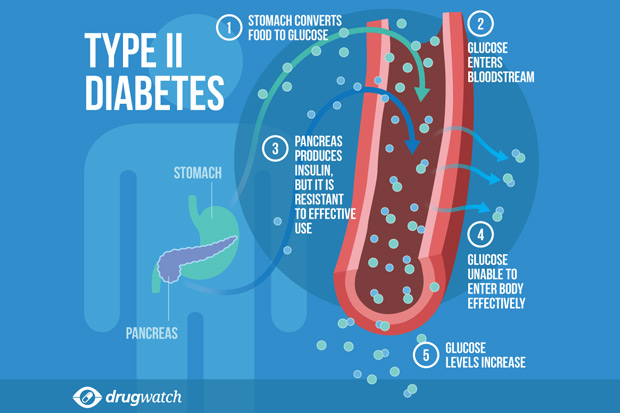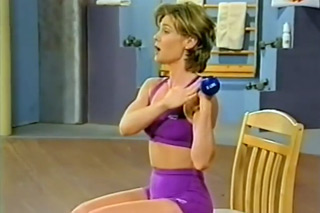Diabetes Type 2

Diabetes has become epidemic all over the world and in many industrialized nations. Many people in their late 30s or early 40s begin gaining a significant amount of weight. Then they start to develop increased levels of cholesterol and triglycerides. Shortly thereafter, they begin to develop hypertension, which needs to be treated. By their late forties, they become diabetic. Some refer to this as syndrome X. The sad thing is that these people are now aging much faster than they need to be or should. They are actually giving up 8 to 10 years of life expectancy.
Diabetes has increased more than 5 times in the past 35 years. This tremendous cost of diabetes is related to both short and long-term complications. Diabetes is now the leading cause of new cases of blindness because of diabetic retinopathy. Premature heart attacks, peripheral vascular disease (loss of limb), and strokes are very high in diabetics in spite of traditional medical treatment.
Nutritional Supplement Recommendations - How to start?
A very aggressive nutritional supplementation program is recommended to those that have been diagnosed with type II diabetes. USANA Nutritional Supplements are the most potent antioxidant supplements in the market today.Daily Intake Recommendation (AM and PM)
2 each Essentials (AO Pro + Chelated Mineral)
1 BiOmega III Plus
1 Proflavanol
2 Active Calcium
Some patients do not like to take nutritional supplements with each meal. They would prefer to take them in the AM and PM. However, it is better for people with diabetes mellitus to be taking a good amounts of antioxidants with each meal.
* These statements have not been evaluated by the Ministry of Health, it is not intended to diagnose, treat, cure, or prevent any disease.Case Studies
Case 1: Mani is a school teacher, age 58. He was diagnose to have an elevated fasting blood sugar of 145 (any blood suagr over 125 is consider to be diagnostic of diabetes). Upon tested with with a "sugar load" (a meal or drink high in suagr content) and checked his blood suagr two hours later, his level had climbed to 235. This indicated Mani was unable to porperly handle sugar, since he had definitely become diabetic. The next test showed that his hemoglobin A1C was 8.5 (3.5 to 5.7 is the normal range). The results left no doubt that Mani had Type 2 diabetes.He then started onan exercise regimen, changed to a low-glycemic diet (foods that release their sugars slowly) so that when he ate he would not spike his blood sugar and began taking USANA nutritional supplements. Afetr 7 months later, rechecking his fasting blood sugar and it had fallen to 84. His hemoglobin A1C was 4.8, in a non-diabetic range. To be absolutely sure, once again he was put to a sugar load test and when rechecked two hours later, his blood suagr was 86. After a period of 3 years, Mani's blood sugar and hemoglobin A1C have remained in the normal range and continue to hold steady.
Case 2: Jenni Loh have been complaining that she had been drinking more water and urinating quite often. Since she was only 23, she di not understand why she needed to go to the bathroom several times each night. After a blood sugar test, the reading came back to a whooping 590. That was dangerously high. She was then admitted to the hospital and started immediate infusion of intravenous insulin. She did not respond very well to it. She was being given a very high dosage and at one point she was taking 90 units of insulin in the morning and night. A normal dose would be around 10. After she was stabilized and left the hospital, she made lifestyle changes but still on insulin. She began to work out, eating food that would not spike her blood sugars and taking USANA nutritional supplements. Four months after that her blood sugar levels dropped to 84 her A1C was 5.4, which was normal.
* Names are fictional to protect the identity of the contributor but the studies are from actual person itself.Similar Post You May Like
-
USANA Lean Team Workout DAY 3 By Dr. Michael Colgan and Nancy Pop
-
USANA Lean Team Workout DAY 4 By Dr. Michael Colgan and Nancy Pop





